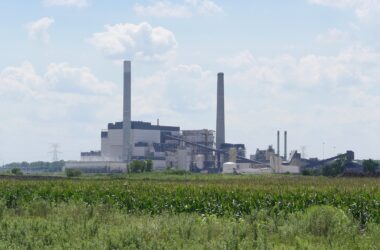Community outreach is a critical component of any conservation program. It involves actively engaging local communities in efforts to protect and preserve the environment. By doing so, community outreach programs can help build a shared understanding of the importance of conservation and foster a sense of ownership among local people. This article will explore the benefits of community outreach programs, the various approaches to community engagement, and some examples of successful outreach initiatives.
Benefits of Community Outreach Programs:
Community outreach programs are essential for achieving long-term conservation goals. By involving local communities in conservation efforts, outreach programs can foster a sense of responsibility among local people for the preservation of their natural resources. This sense of ownership can help reduce unsustainable practices that threaten the environment, such as illegal logging or hunting.
Moreover, community outreach programs can help build trust and understanding between conservationists and local people. By involving local communities in conservation efforts, conservationists can learn about the traditional knowledge and practices of local people, which can inform conservation strategies. At the same time, local people can learn about the importance of biodiversity conservation and the ways in which they can contribute to it.
Approaches to Community Engagement:
There are several approaches to community engagement, and the most effective approach depends on the specific conservation goals and local context. Some common approaches include:
- Participatory research: Participatory research involves actively involving local people in scientific research. This approach can help build trust between conservationists and local people and can provide valuable insights into local ecological knowledge and practices.
- Community-based natural resource management: This approach involves giving local communities the power to manage natural resources sustainably. By giving local people the power to make decisions about natural resources, this approach can foster a sense of responsibility for conservation efforts.
- Environmental education: Environmental education involves educating local people about the importance of biodiversity conservation and the ways in which they can contribute to it. This approach can help build a shared understanding of the importance of conservation and can help reduce unsustainable practices.
Examples of Successful Outreach Initiatives:
There are many examples of successful community outreach programs. One example is the community-based conservation program in the Manu Biosphere Reserve in Peru. This program involves giving local communities the power to manage natural resources sustainably, which has led to a reduction in illegal logging and hunting.
Another example is the participatory research program in the Northern Territory of Australia. This program involves actively involving local people in scientific research, which has helped to build trust and understanding between conservationists and local people.
Similar Article
- Sustainability in Corcovado National Park: A Model for Ecotourism
- Corcovado National Park: A Natural Wonder in Costa Rica
- Exploring Ecotourism in Costa Rica: A Sustainable Paradise
Conclusion:
In conclusion, community outreach is a critical component of any conservation program. By involving local communities in conservation efforts, outreach programs can help build a sense of ownership among local people and foster a shared understanding of the importance of conservation. The most effective approach to community engagement depends on the specific conservation goals and local context, but participatory research, community-based natural resource management, and environmental education are all valuable approaches. Ultimately, successful community outreach programs can help ensure the long-term conservation of biodiversity and ecosystem services.










